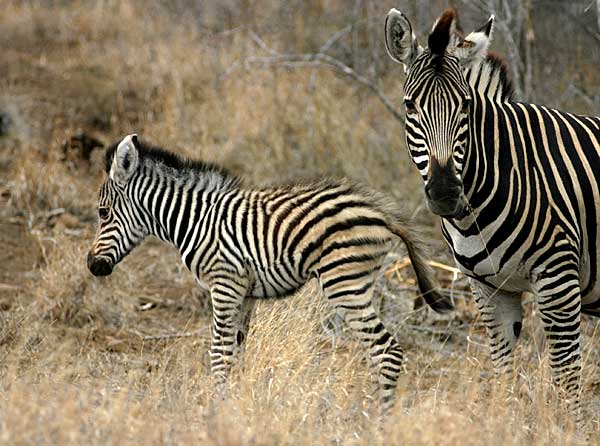SIMPLY MAGICAL


here are magical places left on this earth, unspoiled places, places where you can step back in time to a world that was cleaner, simpler. Lapolosa Wilderness is such a place. At 6,200 +/- hectares (25 square miles), it is the size of a small country, a small country of beautiful mountain landscapes and open plains on a high plateau in South Africa. There are no lights, or power lines, or telephone poles, or noise pollution to spoil the peace or dim the Milky Way in the nighttime sky. Lapolosa is true wilderness.
The climate at Lapolosa is ideal, close enough to the equator to be warm year-round, yet it lies at an elevation that is cooler in the summer, still comfortable in winter and malaria free. In the 1850s the Boer Voortrekkers came here to escape the deadly malaria and oppressive heat of South Africa's Lowveld. Doing so is still a good idea.;
The perimeter of Lapolosa is fenced with 21-strand game fencing (the portions not protected by sheer cliffs) and not yet electrified. Giraffe, kudu, red hartebeest, black wildebeest, zebra, impala and other wildlife roam its plains and forests. But because Lapolosa is not yet a Big 5 reserve, visitors enjoy hiking and camping on the property in safety.

Lapolosa is blessed with water, lots of water. It possesses many small, year-round springs, streams and waterfalls, several boreholes and extensive frontage on the Buffelskloof Dam and two rivers. A favorite hike for visitors is to one of the magnificent waterfalls just below Buffelskloof Dam, including one thirty-meters high .;
Historically significant, Lapolosa is unusual in its remoteness. Most roads are 4x4 or quad trails. Patrols are done by quad bike. At the end of the Anglo-Boer War the Boer Commando made its last stand from Lapolosa's height's, defensive rock redoubts dot its hills and one of the last Long Tom artillery pieces was spiked on an adjoining hillside.;
Lapolosa is a single contiguous piece with a single owner. Access to Lapolosa is through a manned entrance gate. The main road through the reserve is private (gazetted over 10 years ago). No workers live on the reserve. All have homes elsewhere, and depart the reserve on their leaves. Access to the reserve has only been granted to volunteers and school groups joining the reserve's volunteer program. There are no servitude rights to anywhere on the property.;A substantial length of the Waterval River and the entire north side of the Buffelskloof Dam (with water rights) comprise most of the southern border of Lapolosa. A 70 hectare section on the south side of Buffelskloof Dam and the Waterval River, with water rights;is also part of the reserve.;
Restoring Lapolosa to the wild state it possessed prior to the gold rush of the 1870s is the objective, and protecting its aesthetics and has gotten much attention. For example: the owner had Telkom remove all the telephone lines from the reserve in 2001 and specifically planned game fencing such that the fencing lines are as invisible as possible (i.e. running on the back sides of mountains, etc).;
Unspoiled as it is, Lapolosa still has some modern amenities. Solar provides electrical power in the reserve and water is heated by instant gas geysers (or wood-fired donkeys). Telephone and internet is available by cell signal over much of the reserve.;
Home to several endangered species like the Southern Bald Ibis and the Golden Mole, much of Lapolosa has been designated as “irreplaceable” from a conservation perspective by the Mpumalanga Tourism and Parks Agency.
Come, volunteer at Lapolosa. See for yourself what a magical place it is.





